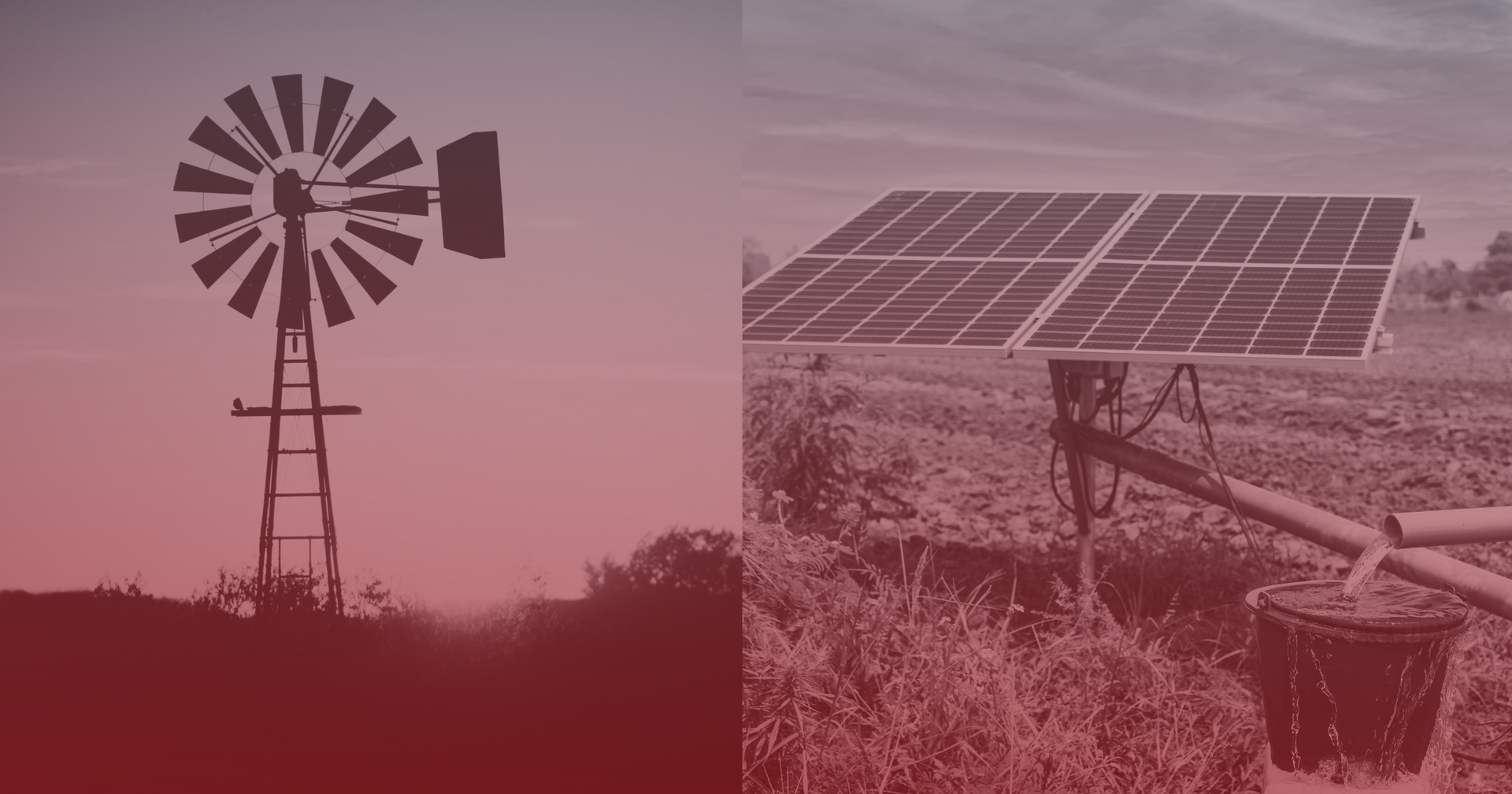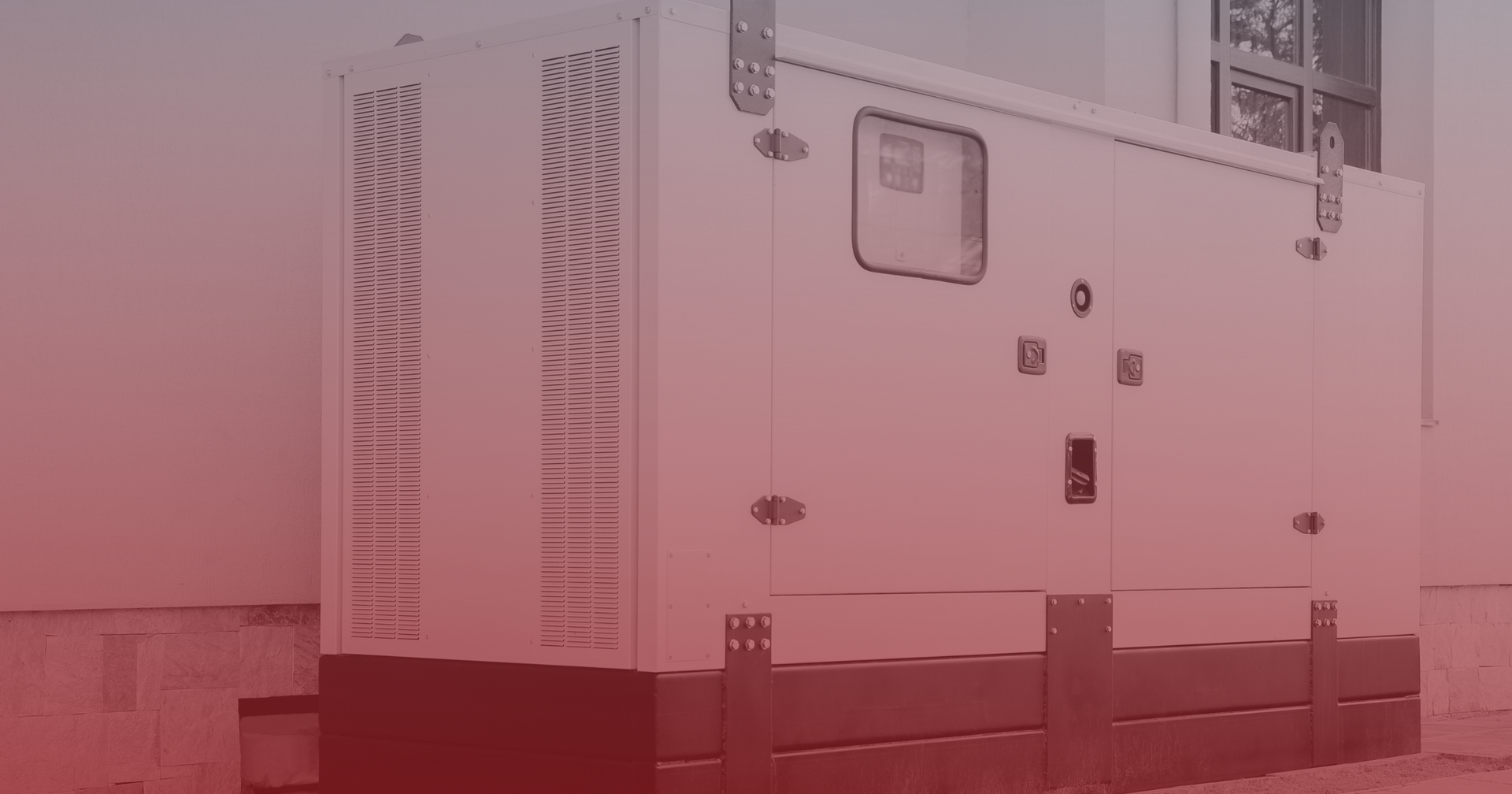Landscaping Do's & Don'ts Around Your Septic
Enhancing Your Yard while Protecting Your Septic System
Proper landscaping around septic tanks is essential for preventing damage and ensuring the efficiency of your system. Thoughtful landscaping can enhance the beauty of your property while maintaining the health of your septic system. Flint Hills Windmill & Well Pump Service offers expert advice and services to help you strike the perfect balance. Here’s how to do it right:
Do:
Use Grass: Grass is one of the best options for covering the drain field. It helps absorb moisture and prevents soil erosion without interfering with the septic system. Choose varieties that are well-suited to your climate and require minimal maintenance. Benefits:
- Moisture Absorption: Grass helps absorb excess water from the drain field.
- Erosion Prevention: It holds the soil in place, preventing erosion and potential exposure of septic components.
Plant Drought-Resistant Plants: Drought-resistant plants are ideal for areas around septic systems because they require less watering, which minimizes the risk of saturating the drain field. Look for native plants that are well-adapted to your local environment. Benefits:
- Reduced Watering Needs: These plants thrive with minimal water, reducing the risk of oversaturation.
- Root Structure: Their root systems are generally shallow, which is less likely to interfere with septic lines.
Create a Buffer Zone: Maintain a buffer zone around your septic tank and drain field where no heavy landscaping or structures are placed. This area should be free of heavy equipment and high traffic to prevent soil compaction and damage to the system. Benefits:
- Prevents Damage: Keeping heavy equipment and traffic away from the septic area reduces the risk of compaction and structural damage.
- Easier Access: A clear buffer zone allows easy access for maintenance and inspections.
Don’t:
Plant Deep-Rooted Trees Nearby: Avoid planting trees and shrubs with deep root systems near your septic tank and drain field. Roots can infiltrate and damage septic lines, causing blockages and costly repairs. Examples to Avoid:
- Willows: Known for their aggressive root systems.
- Maples: Can extend roots far and wide.
- Oaks: Large trees with extensive root networks.
Overwater the Area: Excessive watering can saturate the drain field, disrupting the septic system’s ability to treat and disperse wastewater. Ensure your landscaping plan includes plants that require minimal irrigation and use drip irrigation systems to control water usage. Consequences of Overwatering:
- Saturated Soil: Can cause septic system failure by preventing proper drainage.
- Reduced Efficiency: Overwatering can lead to untreated wastewater surfacing in the yard.
Install Impermeable Surfaces: Avoid installing impermeable surfaces like concrete patios, driveways, or pools over the septic tank or drain field. These surfaces prevent water from evaporating or being absorbed, which can lead to system overload and failure. Issues with Impermeable Surfaces:
- Prevents Evaporation: Traps moisture in the soil, disrupting the septic system.
- Compaction: The weight of the surface can compact the soil, affecting the drain field’s functionality.
Thoughtful landscaping around septic tanks is essential for maintaining a healthy and efficient septic system. By following these dos and don’ts, you can enhance the beauty of your property while protecting your septic system from damage. Flint Hills Windmill & Well Pump Service is here to provide expert guidance and services to ensure your landscaping and septic system coexist harmoniously. Contact us today to learn more about how we can help you achieve the perfect balance in your yard.









